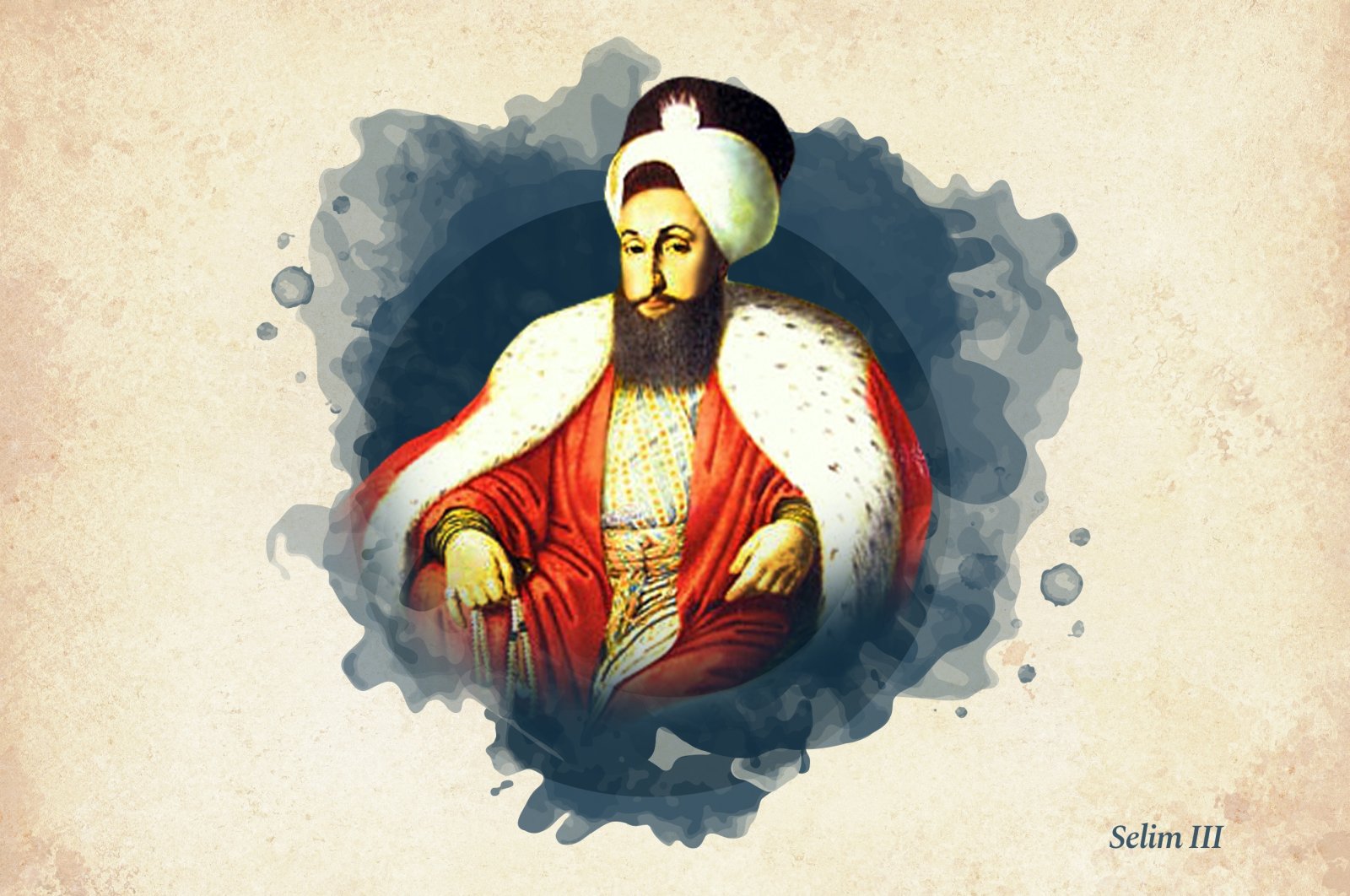
MIGHTY SOVEREIGNS of OTTOMAN THRONE: SULTAN SELIM III
Sultan Selim III was the 28th Ottoman sultan and the 93rd Islamic caliph. He was born to Sultan Mustafa III and Mihrişah Sultan at the Topkapı Palace in 1761. Since he was the first child of Sultan Mustafa, a festival was held for seven days and seven nights after his birth, and he was named after Sultan Selim I, also known as Selim the Resolute. Sultan Selim III received an excellent education from the best teachers.
Şehzade (Prince) Selim lost his father when he was 13 years old. His uncle treated him with kindness and let him act as he willed. While Şehzade Selim was studying science, he also tried to educate himself politically, thinking it would be his turn to reign the country next. He learned about the history, politics, administrative and military organization of European states. He corresponded with the crown prince of France, Louis XVI.
When his uncle died in 1789, Kızağası (the head of the eunuchs) Idris invited him to the throne. Sultan Selim III first paid a visit to his uncle's grave. In line with tradition, the agha gave a speech in which he said the world is ephemeral, Allah is eternal, and the sultan should treat the subjects of Allah with justice and mercy. Then, according to the custom, Sultan Selim III accepted the allegiance by sitting on a throne placed in front of the Bab-ı Hümayun (Imperial Gate) in the Topkapı Palace.
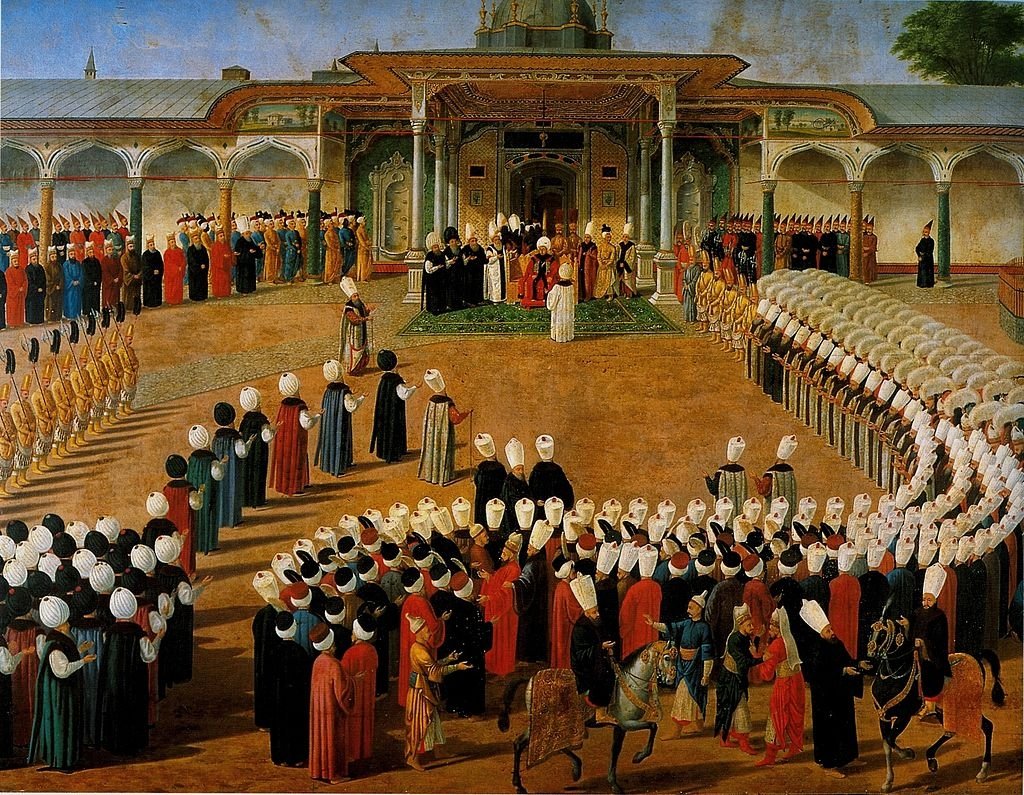
Obligatory peace
When Sultan Selim III ascended to the throne, wars with Russia and Austria were still ongoing. He gathered high-ranking civil and military bureaucrats in an advisory council and asked their opinions on state issues, wanting everyone to speak their mind openly. Then, he sent all the valuable goods in the palace to the mint to coin money. Şehzades and women of the palace also participated in this, setting a good example for bureaucrats and the public.
When Belgrade was taken by the Austrians and Bender fell into the hands of the Russians, an alliance agreement was signed with Sweden in exchange for money. However, this alliance did not help the Ottomans much. The alliance with Prussia, on the other hand, caused Austria, which was defeated in Giurgiu, to withdraw from the war. Upon this, the Treaty of Sistova was signed in 1791.
After being left alone, Russia took Kiliya and Izmail upon the withdrawal of Sweden from the alliance. They put the people to the sword. Prussia and Poland could not come to help because of the French Revolution. The Ottoman army, which had been fighting for four years, was tired and worn out. Although its number reached 100,000, it had become nothing more than an untrained, disobedient and marauding mob. Therefore, the Treaty of Jassy was signed in 1792. The Russians withdrew from the places they occupied. The Dniester river became a border for the two countries. Thus, the country attained relative peace.
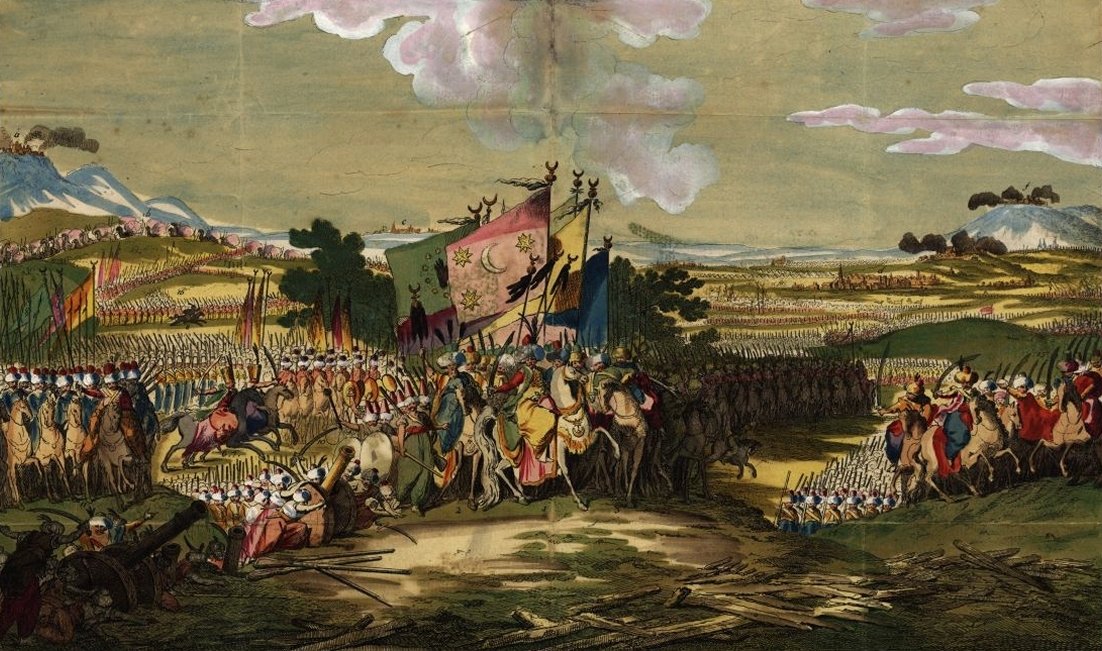
Responding to friendship with hostility
Although the whole of Europe turned against France due to the revolution, the Ottoman Empire did not interfere. The empire maintained friendly relations with France. The French, however, responded to this by attempting to invade Egypt. In 1798, under the command of Napoleon Bonaparte, 500 French ships landed troops in Egypt. The purpose was to cut off the British road to India. Bonaparte broke the resistance and entered Cairo.
The Ottomans immediately made an alliance with Great Britain. The British navy under the command of Admiral Nelson destroyed the French navy at Abukir. Stranded in Egypt, Bonaparte marched on Palestine and Syria with his army. However, in 1799, he suffered an unexpected defeat against Jezzar Ahmed Pasha in front of Acre. He secretly escaped from Egypt. The French left Egypt entirely in 1801. With the Paris Agreement of 1802, the British and French were granted the right to trade in the Black Sea. Returning to his country and seizing power, Napoleon got along well with the Ottomans and helped Sultan Selim III in carrying out reform works.
Meanwhile, the Wahhabis revolted in Arabia, and they captured Taif and massacred the people. They entered Mecca in 1803. The governor of the Hejaz expelled them from the city. Later, the governor of Egypt, Kavalalı Mehmed Ali Pasha, suppressed the rebellion upon the order of Sultan Selim III.
How was The Dardanelles crossed?
In this period of peace, Sultan Selim started working on reforms. In 1805, modern military units were established in Anatolia. When it came to Rumelia, the notables there gathered in Edirne in 1806 and opposed the sultan. This is called the Second Edirne Incident. Sultan Selim sent the governor of Karaman, Kadi Abdurrahman Pasha, to Rumelia with 24,000 soldiers. Most of the rebels were brought to their knees.
Since 1797, the revolt of a former janissary named Pazvandoğlu had been going on in Rumelia. Bulgaria and Serbia were under fire. At this opportune moment, the Serbs revolted. The leader of the uprising, Karadjordje (George Petrovic), captured Belgrade in 1806. Meanwhile, the Russian army of 60,000 people crossed the border to support the rebellion and take Bessarabia and Podolia. Great Britain asked the Ottoman government to cut off its political relations with the French and renew their alliance with them. When this demand was not met, 16 British ships crossed the Dardanelles and entered the Marmara Sea in 1807, taking advantage of the weakness of the fortification.
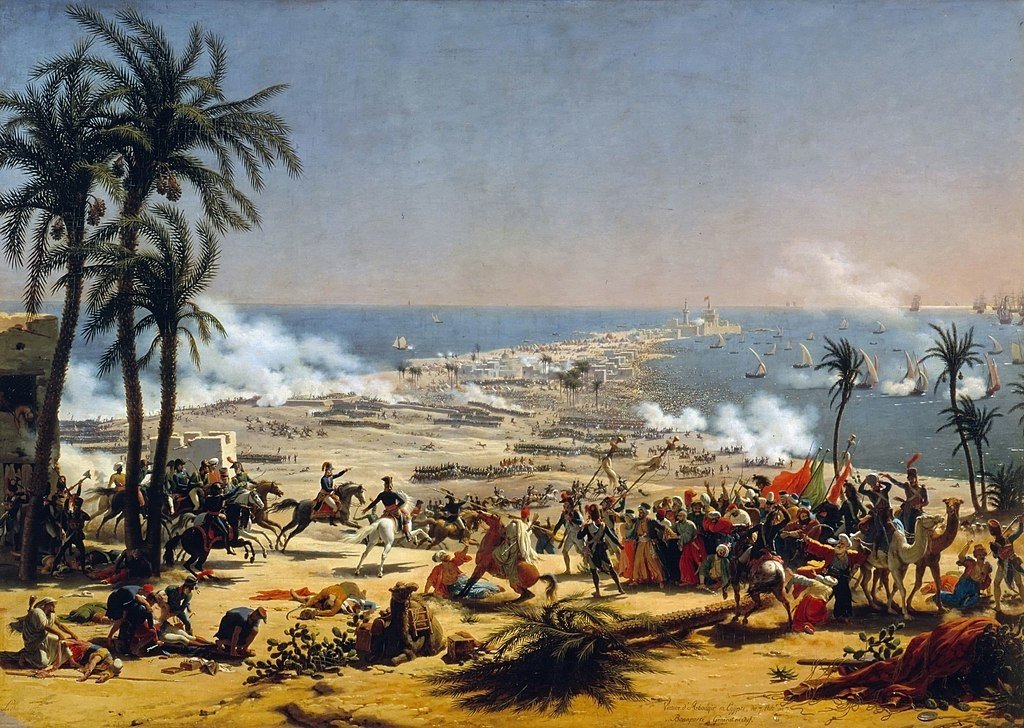
Panic arose in Istanbul. The bombardment of the ships was enough to destroy the city, the houses of which were mostly wooden. The British commander sent a note demanding that the Dardanelles be given to Great Britain, Romania to Russia. He also wanted the Ottoman navy to be handed over to him to be taken to Malta. Sultan Selim refused this demand. The Ottoman government stalled the British ambassador with negotiations for five days and completed the military fortifications on the shores of the Bosporus. 1250 cannons were placed there.
Sultan Selim led the soldiers. French soldiers in the city also joined the defense. The people of Istanbul were standing ready to get on the boats and attack the ships as soon as they fired the artillery. After witnessing the situation the next day, the British were greatly disappointed and retreated a few days later.
Bitter end
Meanwhile, the battle with the Russians was relatively favorable. However, the masses, dissatisfied with the reform movements in Istanbul, took action. With the provocation of some statespeople, naval soldier Kabakçı Mustafa rebelled on May 25, 1807. Sultan Selim abolished the Nizam-ı Cedid (the new system inaugurated by the sultan) on May 28 so that the rebellion would not grow. However, the dignitaries who provoked the rebels did not find it enough and encouraged the rebels to demand the dethronement of the sultan.
Kabakçı Mustafa, who was understood to be a professional revolutionist with ties to Russia, forcibly took a fatwa from the sheikh al-Islam to dethrone Sultan Selim III. The sultan abdicated; he was the first to go to his nephew, the crown prince, Şehzade Mustafa, and pay allegiance. Earlier, it had been proposed to call the army in the expedition back to Istanbul to suppress the rebellion. He replied, "No, then the Russian armies will come to Çatalca." Thus, he showed that, even at the moment of the greatest disaster, he thought of the country, not himself.
The rebels, whose wishes were fulfilled, dispersed. Sultan Selim III was confined to a room in Topkapı Palace. His loyal statespeople and his supporters, who did not like the actions of the rebels in government, took action to restore him to the throne.
Alemdar Mustafa Pasha came from Ruse to Istanbul with his entourage. He raided the Sublime Porte and Topkapı Palace on July 28, 1808, and attempted to help Sultan Selim III reascend to the throne but he was unsuccessful. The bullies in the palace killed Sultan Selim, who was worshiping in his apartment. The next day, he was buried in the tomb of his father Sultan Mustafa III, which is next to the Laleli Mosque. He was 47 years old. His reign had lasted 19 years. Later, his murderers were punished.
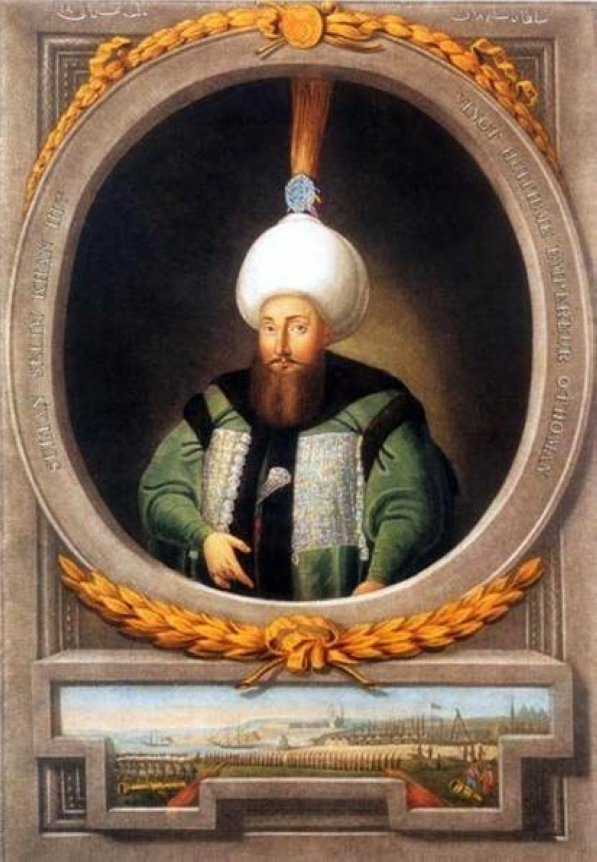
The Nizam-ı Cedid
Sultan Selim III decided that there was no solution other than reform in order to eliminate the reasons for the defeat and to prevent the dissolution of the country. He sent the scholar Ebu Bekir Ratip Efendi to Vienna as an ambassador. After staying in Vienna for eight months, Ebu Bekir presented the results of his research to the sultan in a report.
He asked the statespeople to prepare reports on their reform ideas. The focal point in all of these reports was military reform. Sultan Selim III established a committee of 10 people and had a 72-article reform program prepared. There were civil, administrative, commercial, social and political reforms as well as military reforms in this program.
In 1793, Sultan Selim formed an army of 12,000 people affiliated to the Bostancı Ocağı, which was responsible for the security of the surroundings of the palace as well as the coast, under the name of Nizam-ı Cedid (literally meaning New Order) in a modern style. It was ordered that an imam be appointed to each unit, prayers be performed in congregation and the soldiers read the book of ilmihal (a concise manual of Islamic faith, worship and ethics) known as Birgivi Vasiyetnamesi. The training was started in the barracks established at the Levend Çiftliği. This new training method was also intended to be applied to the Janissaries but they refused.
By reinforcing the technical classes of the army, new laws were made for humbaracı ocağı (bombardier and mortar troops), lağımcı ocağı (soldiers who dig tunnels during wars) and topçu ocağı (artilleryman). In order to increase the number of soldiers, the military establishment also spread to Ankara, Kayseri and Konya. In 1794, a land engineering school was established in Sütlüce. Teachers from abroad were brought to military schools. Sultan Selim III visited and inspected these schools from time to time. He gave gifts to the teachers and rewarded the students.
Sultan Selim turned the shipyard into one capable of making all kinds of warships; he commissioned irrigation pools. He established a water-powered gunpowder factory. He had the Selimiye and Humbarahane barracks built, as well as large warehouses on the Üsküdar coast. The sultan worked for the development of the textile industry. He had extensive knowledge of the art of war. He used to have foreign books translated and read.
‘What a jackass!’
The country was divided into 28 provinces by reforming the administrative division. By sending instructions to the official offices, it was requested that the demands of the people be followed and fulfilled quickly. The Ministry of Agriculture was established. Non-Muslim merchants were prevented from acquiring a foreign nationality, which enabled them to avoid taxes.
Starting from 1793, permanent embassies were established in European states. The Ottoman ambassadors to Austria, France, England and Prussia sent reports to Istanbul about the culture of the countries they were in as well as their domestic and foreign politics. In the past, the ambassador of the country with which a war was waged was imprisoned in Yedikule Fortress. Sultan Selim III abolished this custom and sent the Russian ambassador to his hometown when the war with Russia started.
Sultan Selim III was closely involved in state affairs and sometimes wrote sarcastic notes on the manuscripts presented to him. In one famous incident the sultan wrote: “What a jackass” on a report by Paris ambassador Seyyid Ali Efendi, who sent news that France did not have bad intentions against the Ottoman Empire when Napoleon occupied Egypt.
During this period, many compilations and translations of scientific works were written. The printing houses were also allowed to print religious books. The white crescent and star on a red background became the official flag (1793).
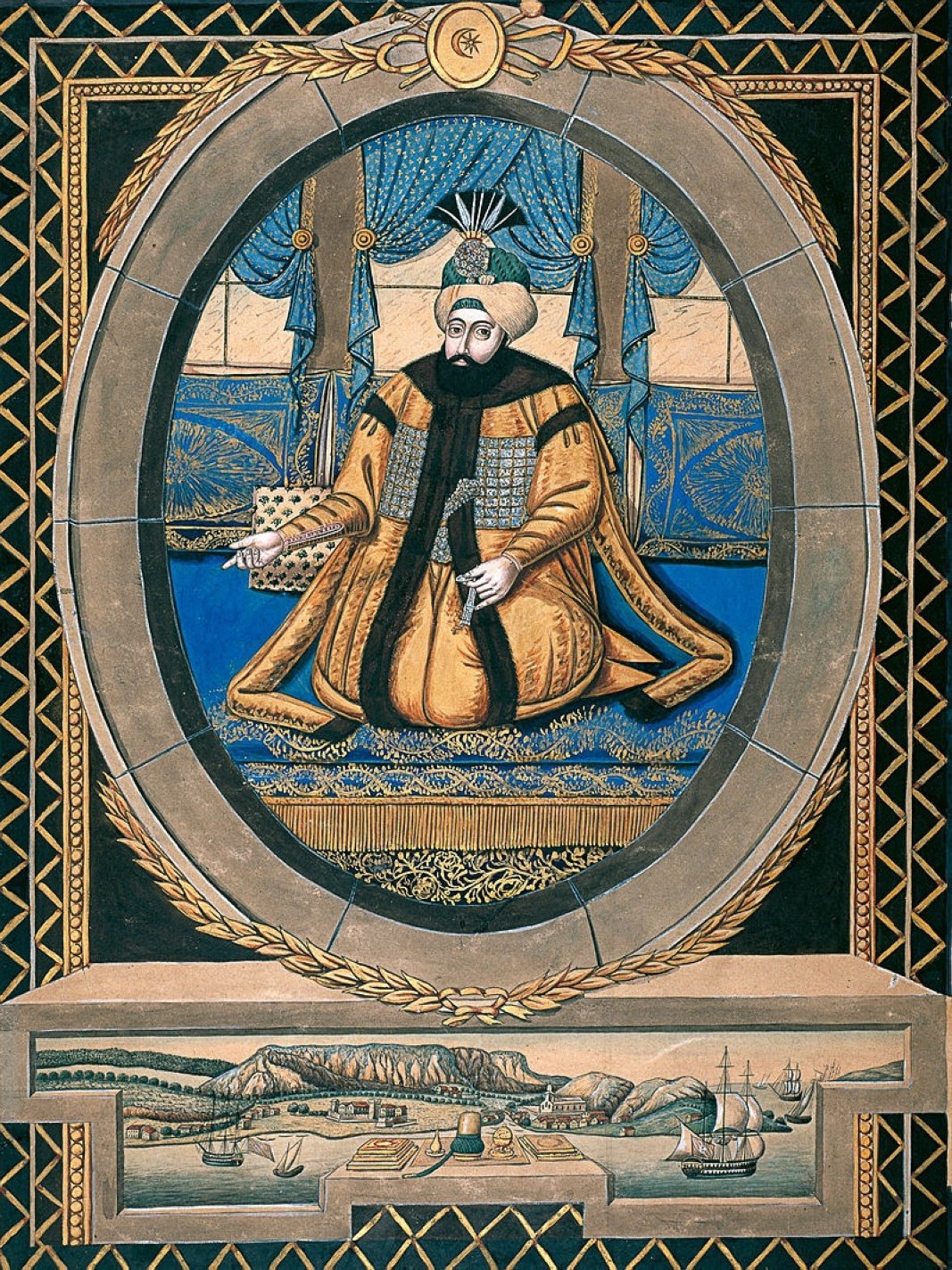
In order to meet the expenses of the new army, a separate treasury (fund) named irad-ı cedid was formed. The taxes of this treasury put the people under pressure, becoming one of the causes of Sultan Selim's fall. The sultan could not find helpful aides while making this reform. He did not punish those who conspired against him on various occasions. Bureaucrats hid many issues from him. His opponents spread rumors against the sultan among the people. The opposition that had formed internally among those who feared that their interests would be shaken, even though they did not want it, turned into hostility. This situation shook the sultan's throne and overthrew him.
Mother and son
According to historical sources, Sultan Selim III was a master archer. He sensitively focused on the prohibition of alcohol and the fact that women should not wear revealing and fancy clothes; he did not tolerate buildings constructed contrary to zoning, shopping that do not comply with business ethics, waste and disorder. He used to walk among the people dressed as a commoner. Seeing that the Maiden's Tower commander was not in his place once, he ordered that he be found and executed. He later forgave him at the request of those who intervened but suspended him.
He used to perform the Friday prayer in a different mosque every week in order to mingle with the people. During his wanderings, he saw that lepers had to beg, and small children were made to work in the bathhouses, and ordered a solution to these situations.
Sultan Selim III was described to be very philanthropic. He had Selimiye and Çiçekçi Mosques built in Üsküdar. He ordered the Eyüp Mosque and Eyüp Sultan Tomb, which were destroyed in the earthquake, to be enlarged and rebuilt. He commissioned the Dedeler Mosque, also called the Miskinler Lodge, in Karacaahmed; Gül Mosque in Küçükmustafpaşa; the famous Selimiye Barracks, which are still used in Üsküdar; the Naval School, which is used as the Turkish Naval Academy in Heybeliada, along with many fountains. in various places.
He was affiliated with the Mevlevi sheikh, Mehmed Emin Çelebi. He also had many conversations with Sheikh Galib and Isa Geylani, the Nakshi sheikh of Kashgari Lodge. He used to take young şehzades with him and spend most of the nights in this lodge in Eyüp during the month of Ramadan. He loved his mother, who was a very smart woman, and talked to her on every issue.
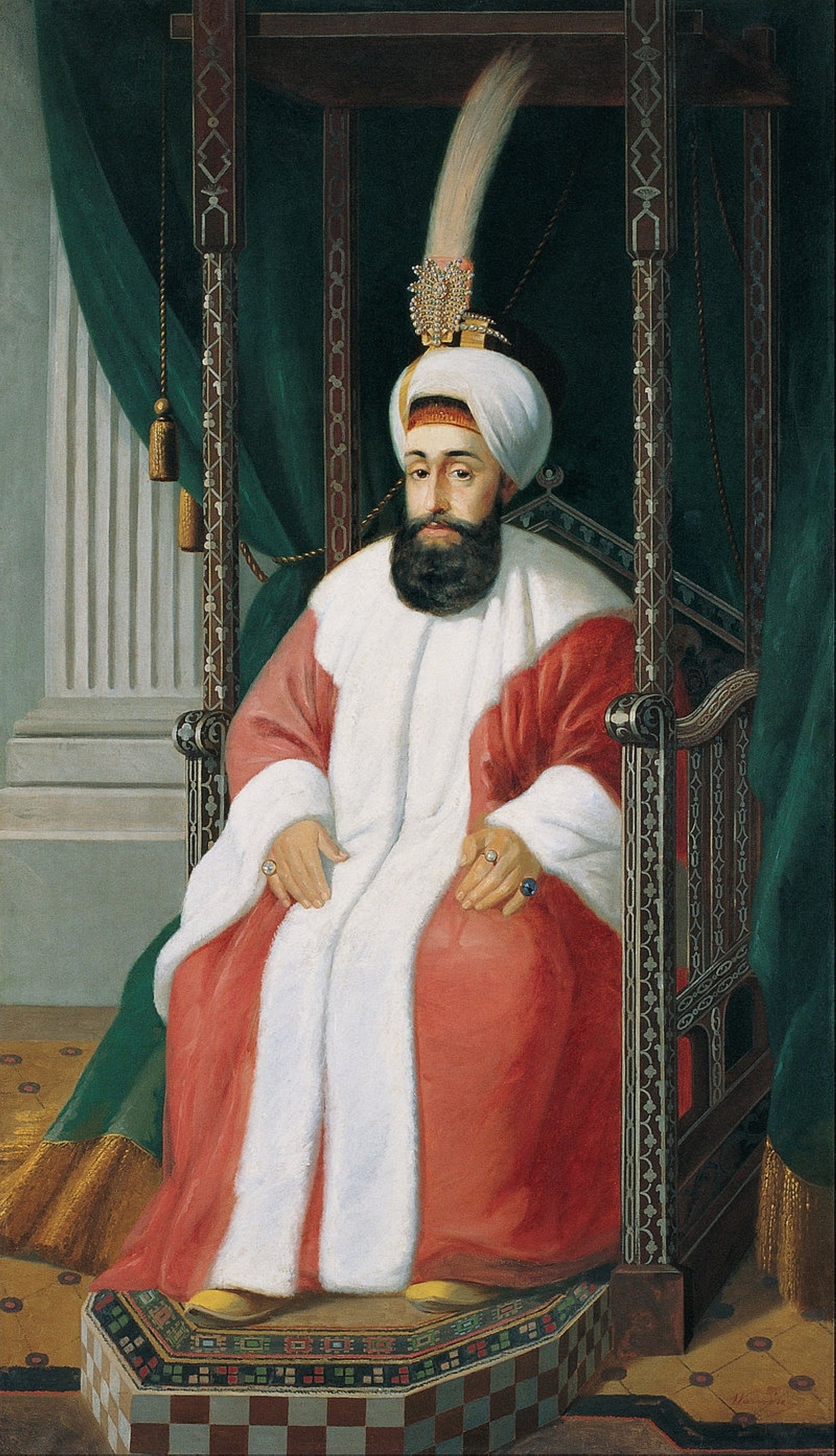
Turns out he was right
Sultan Selim III was depicted as a handsome, stocky man of medium height, with a dark bushy beard and charming facial features. He was said to be gentle, compassionate, intelligent, calm, merciful, patient, cautious and fair. He was generous and enjoyed giving gifts to those around him.
Sultan Selim was a poet and calligrapher. He used the pseudonym Ilhami in his poems. He was one of the greatest musicians in Ottoman history. The makams (a system of melody types used in Turkish classical music) he developed and the works he composed were famous. He was a ney (flute) master and tanbur (lute) virtuoso.
He suffered a lot in the field of politics due to his kindness and sensitivity, which he developed due to his artistic nature. As a matter of fact, he told Köse Raif Pasha during the coup: "The reason for these works is my softness." He was well-intentioned but irresolute and displayed a lack of perseverance.
Regarding the sultan, Prussian Ambassador Heinrich Friedrich von Diez said, “This ruler is above his nation in terms of his qualifications and merits. However, it takes many years to renew a state that has been in decline for more than 100 years.”
Sultan Selim III had no children and treated his nephews Şehzade Mustafa and Mahmud like his sons. Although he struggled with great enemies inside and outside during his reign, the country was reconstructed, and there was not much soil loss. However, he lost his throne just when he had started reaping the fruit of his reform efforts. These reforms were sustained by his successor Sultan Mahmud II. A few years later, everyone realized how right Sultan Selim was.
Önceki Yazılar
-
"WOE TO THE ENEMIES OF THE REVOLUTION!" What Was The People’s Reaction To The Kemalist Revolutions?2.07.2025
-
DEATH IS CERTAIN, INHERITANCE IS LAWFUL!25.06.2025
-
THE SECRET OF THE OTTOMAN COAT OF ARMS18.06.2025
-
OMAR KHAYYAM: A POET OF WINE OR THE PRIDE OF SCIENCE?11.06.2025
-
CRYPTO JEWS IN TURKEY4.06.2025
-
A FALSE MESSIAH IN ANATOLIA28.05.2025
-
WAS SHAH ISMAIL A TURK?21.05.2025
-
THE COMMON PASSWORD OF MUSLIMS14.05.2025
-
WERE THE OTTOMANS ILLITERATE?7.05.2025
-
OTTOMAN RULE BENEFITED THE HUNGARIANS30.04.2025